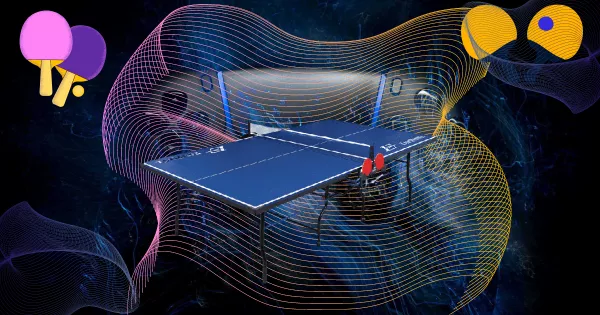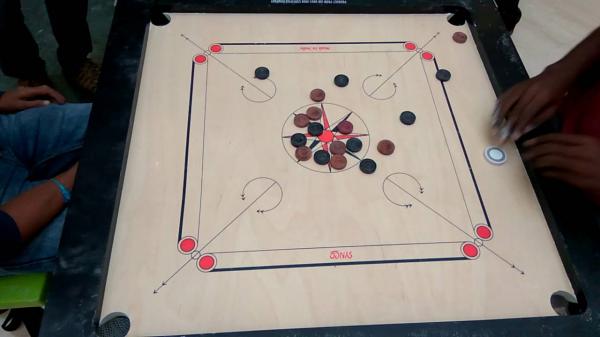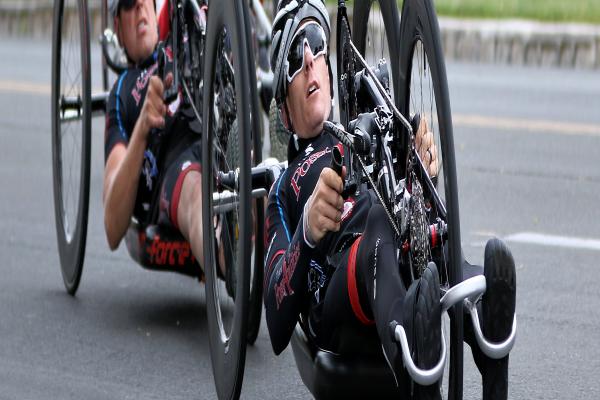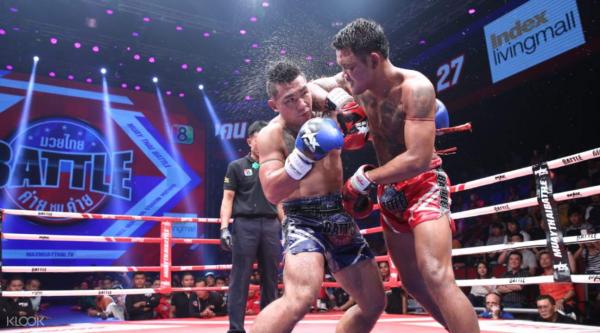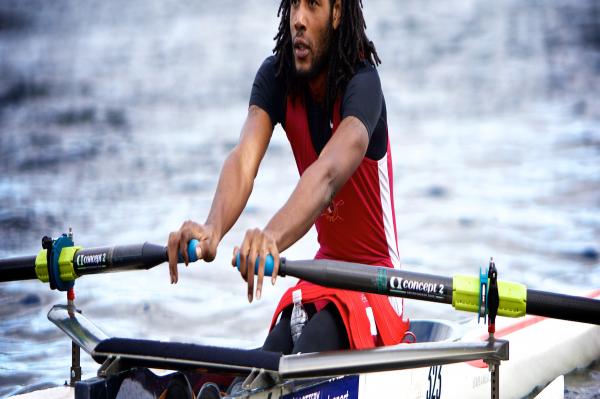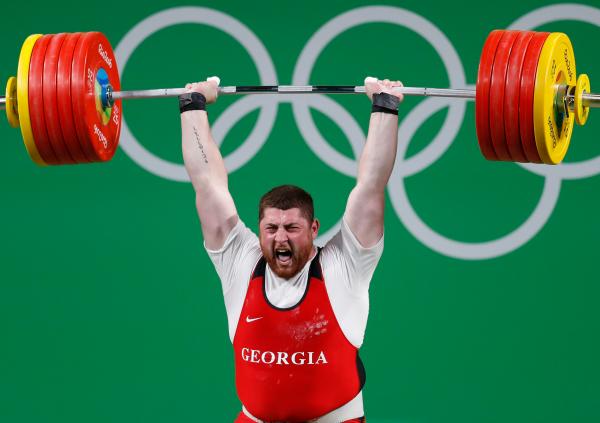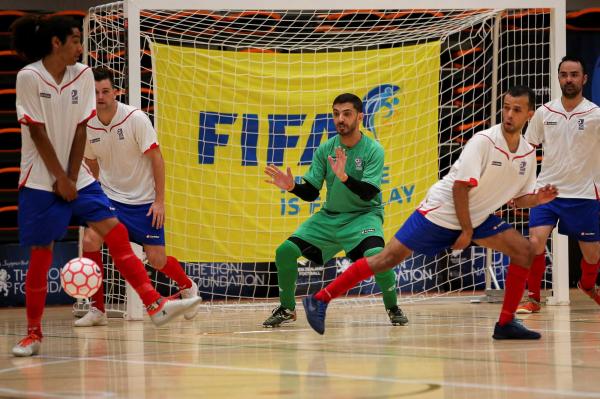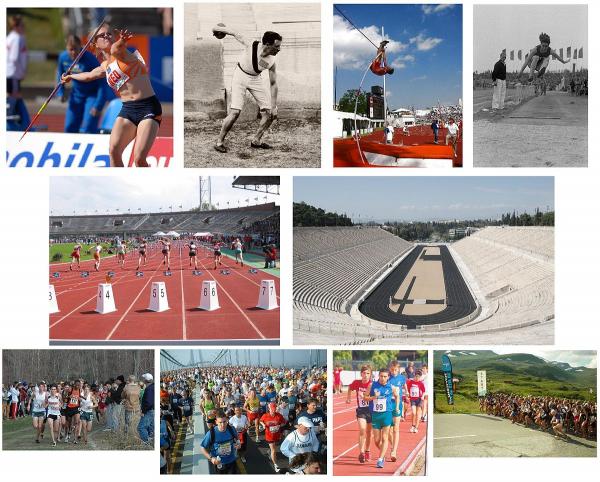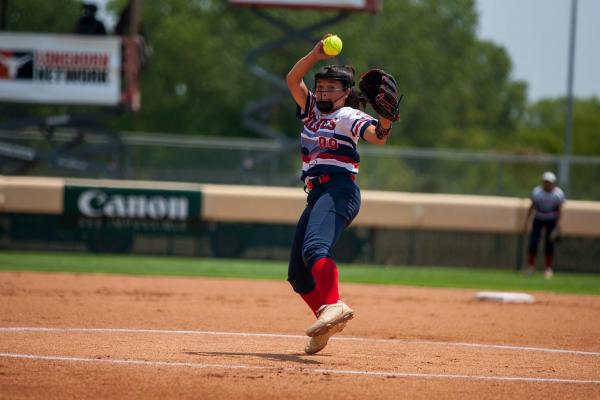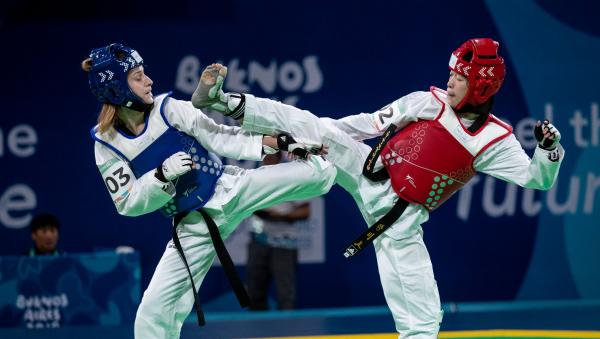Diving
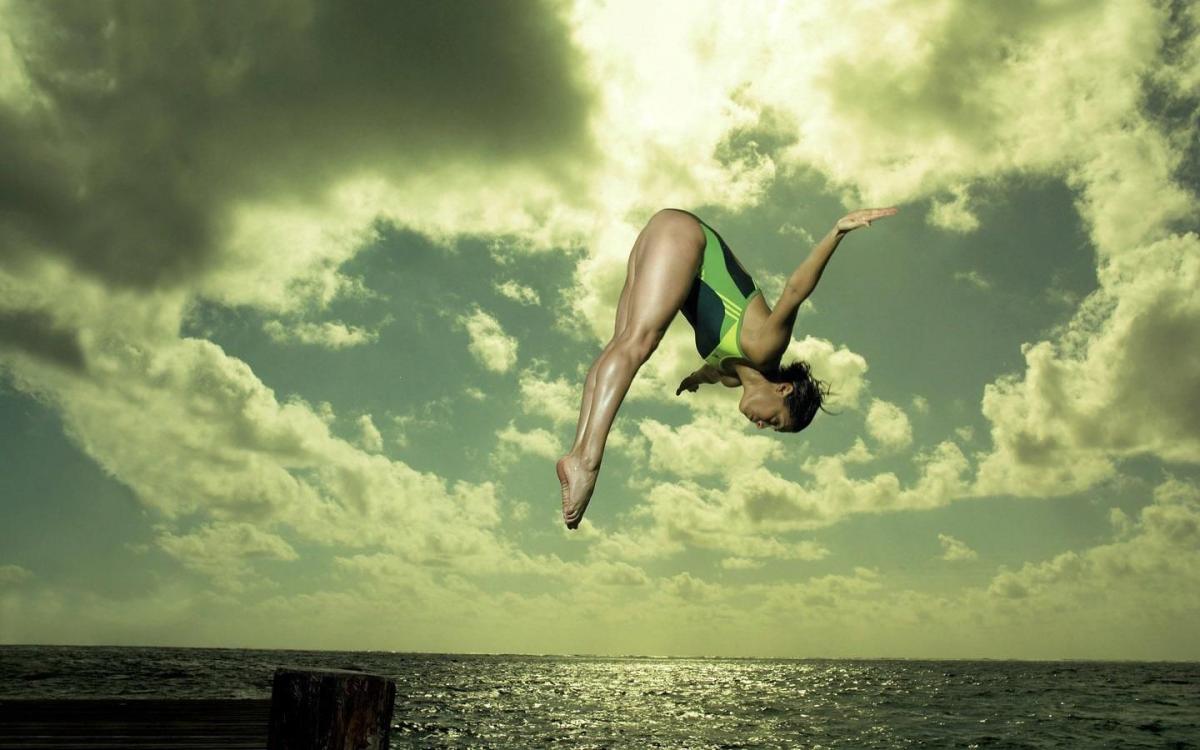
Diving, sport of plunging into water, usually head foremost, performed with the addition of gymnastic and acrobatic stunts. In its more elaborate, acrobatic form, diving originated in Europe early in the 19th century as a diversion of gymnasts and as a competitive sport in the late 19th century. It became a part of the swimming program of the Olympic Games in 1904 and developed rapidly through the first half of the 20th century. Synchronized diving, a competition in which two divers simultaneously perform a dive, emerged and became part of the Olympic program in 2000. In competition, dives are performed from a firm platform 5 or 10 metres (16.4 or 32.8 feet) above the water or from an elastic springboard 1 or 3 metres high. In Olympic contests only the 10-metre platform and 3-metre springboard are used. Dives performed in competition are listed, together with a rating of their degree of difficulty of performance, in a table published by the Fédération Internationale de Natation Amateur (International Amateur Swimming Federation; founded 1908), the world governing body of amateur aquatic sports. Contestants are required to do certain of the listed dives, as well as several of their own choice. At least three but not more than 10 judges score each dive, with attention paid to takeoff, bearing of the body in the air, execution of the prescribed movements, and entry into the water. The scores for each dive are totaled and multiplied by the degree of difficulty. The diver with the highest total score for all dives at the end of the contest is the winner. In the springboard competition, men make 17 dives, women 15. Platform events require 16 dives from men and 14 from women. In synchronized competitions, participants make 10 dives and are judged on their synchronicity with each other as well as their individual execution of the dive. Competitive dives are divided into five groups, with the addition of arm-stand dives done from fixed platforms only. The first includes the forward dives, in which the person faces the water, dives out from the edge of the board or platform, and rotates forward one-half or more turns before entering the water. The second comprises the backward dives, in which the diver stands at the edge, facing away from the water, then springs and rotates backward. The third is the reverse group, in which the diver takes off in the forward position but then reverses his spin toward the board. In the fourth group, the inward dives, the diver stands on the edge of the platform and springs backward but rotates forward, again toward the board. The fifth classification is that of the twisting dives, in which the diver rotates the body on its long axis while performing one of the other four types of dives—as in a forward 11/2 somersault with 3 twists. The five voluntary dives comprise one selected from each group.




